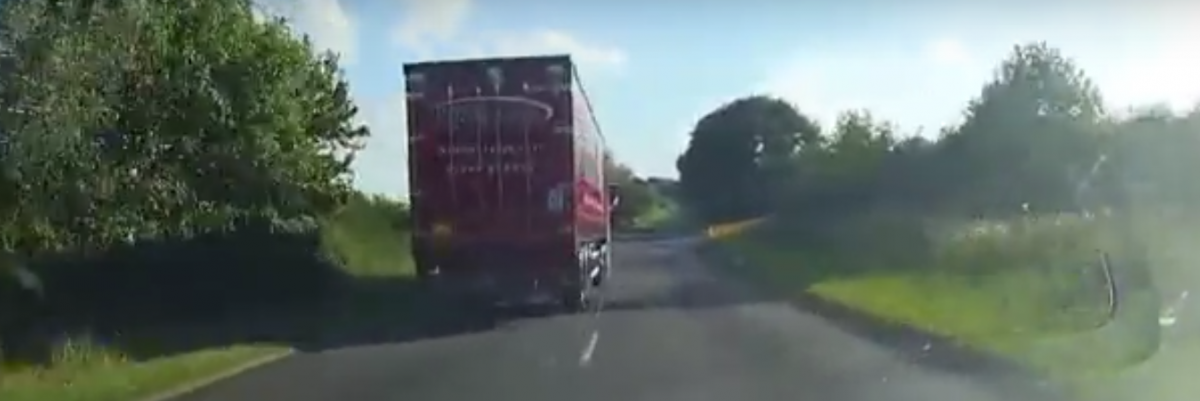Here’s a short story just to hold your attention whilst I get my thoughts in order.
The other day I was in my car, legally parked, on a street in Mickleover, waiting for my good lady. Just then there was a tapping on the window. “You can’t park here!” said the owner of the offending knuckle. Keeping the window firmly closed, I enquired as to what the problem might be. “You can’t park here!” insisted the knuckle owner. “But I’m parked in a quiet Cul-de-Sac and most certainly not obstructing any traffic.” I pointed out. “I don’t care what car you’re in, you can’t park here!”
In Chatter 6 – 2, I posed the question as to what would happen if two driverless cars met, bonnet to bonnet, on a narrow lane. Would there be a precedence to giving way? Autonomous technology is certainly on the way but it will be many years before true driverless cars will be available to us all and by then the above scenario will have been sorted out, one hopes.
Apparently, there are four key stages to get working properly before we can all zip around without a care in the world. Often referred to in the motor industry as: Feet Off, Hands Off, Eyes Off and finally, Brain Off. Although we have all come across drivers who have reached stage four already. Autonomous cars have been hailed by many as the solution to our congested roads and pollution. Back in February 2015, Claire Perry, MP Parliamentary Under Secretary Department for Transport wrote in the Forward to The Pathway to Driverless Cars Summary Report and Action Plan:
“Driverless vehicle technology has the potential to be a real game changer on the UK’s roads, altering the face of motoring in the most fundamental of ways and delivering major benefits for road safety, social inclusion, emissions and congestion.”
I, dear reader, have long been a student of the University of the Patently Obvious and I find the research carried out in its hallowed laboratories is far ahead of some of the most prestigious centres of learning in the world. And once again this has proved the case. Just this weekend, the media have been reporting on a Department for Transport study that suggests driverless cars will cause more road congestion because the vehicles will behave too cautiously. Researchers have found that the performance of autonomous cars will be limited by the behaviour of other vehicles around them.
Steve Gooding, director of motoring research charity the RAC Foundation, said: “There’s a prize to be had in terms of swifter, safer journeys, but the transition to that world will be challenging. There are around 32 million conventional cars on the UK’s roads – as driverless cars come in, traffic flow could initially get worse rather than better, potentially for many years. Much will depend on how an autonomous car’s parameters are set and just how defensively these vehicles will be programmed to drive.”
Any benefits, it seems, will only be felt when 50% to 75% of the traffic comprises of automated vehicles. According to the most recent RAC Report on Motoring found 58 per cent of motorists believe that fully autonomous vehicles will only outnumber conventional ones by 2050. I’ll be 103 years old!
Well, despite all this wonderful technology, I’m going to continue to buy and drive Cul-de-Sacs. Very reliable, quiet and cheap to run!
 Courtesy Daily Mail 3 September 2018
Courtesy Daily Mail 3 September 2018
 If you’re planning a bank holiday getaway then be sure to read our tips on how you can make your journey a safe and stress-free one.
If you’re planning a bank holiday getaway then be sure to read our tips on how you can make your journey a safe and stress-free one.